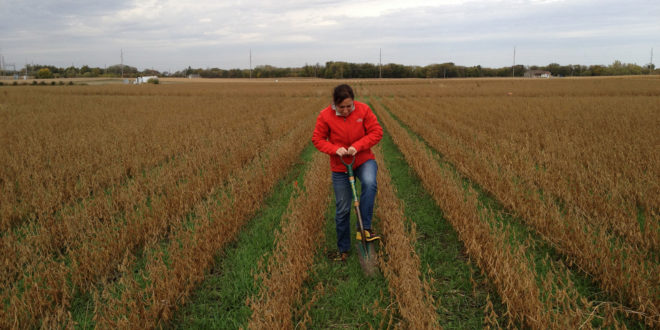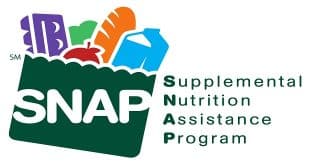INDIANAPOLIS (April 20, 2016) – Results from the 2015 Indiana Fall Tillage and Cover Crop Transect, which is an on-the-ground survey, indicate that overall soil health in Indiana is improving. According to the data, over 1.1 million acres of cover crops were planted in 2015, which is an increase of nearly 10 percent compared to the previous year and 225 times more coverage over the past decade.
Cover crops build soil organic matter, protect against soil erosion, cycle nutrients, reduce compaction, sequester carbon from the atmosphere, and build overall soil health and make it more resilient to weather extremes. The increase of cover crops confirms that the Indiana Conservation Partnership’s (ICPs) efforts are helping farmers successfully improve soil health throughout the state.
“We introduced the cover crop assessment to the survey in 2011 so that we could better tell the story of Indiana’s conservation efforts,” said Jane Hardisty, Natural Resources Conservation Service (NRCS) State Conservationist. “Cover crops protect soil from extreme weather and retain valuable nutrients in fields during winter months, playing a key role in soil health. With more farmers implementing this practice, the 2015 survey results prove why Indiana continues to be a national leader in soil health.”
Hoosier farmers also continued the trend of plowing less and using sound conservation practices that preserve valuable topsoil, according to the 2015 data. Not plowing the soil is a critical component to improving soil health and can reduce soil erosion by 75 percent when compared to a conventional tillage system. The results show that 55 percent of Indiana’s harvested cropland was left undisturbed during the winter months.
“When our farmers apply sound conservation practices, it’s good for the soil, contributes to improved water quality and good for the future of agriculture,” said Ted McKinney, Director of the Indiana State Department of Agriculture (ISDA). “These survey results not only indicate that more farmers are implementing these types of practices, which means that soil health is improving, but also that Indiana has a conservation model that works and continues to garner national attention.”
In addition to the survey, which provides data on no-till farming and cover crops, the eight partners of the ICP also promote other practices as part of a soil health management system. This system combines practices such as adaptive nutrient management, integrated weed and pest management, diverse crop rotations, precision farming technology, and prescriptive buffers to improve soil function and make land more sustainable.
To learn more about Indiana’s conservation efforts, please visit icp.iaswcd.org, or to find the tillage transect for your county, contact your local Soil and Water Conservation District office by visiting www.in.gov/isda/2370.htm. Additionally, ISDA maintains tillage transect reports dating back to 1990 on their website www.in.gov/isda/2383.htm, which also includes the most recent transect results.
For information about NRCS, please contact Jane Hardisty, State Conservationist, by calling 317.295.5801 or emailing jane.hardisty@in.usda.gov. You can also contact Kris Vance, Public Affairs Specialist, by calling 317.295.5825 or emailing kris.vance@in.usda.gov.






